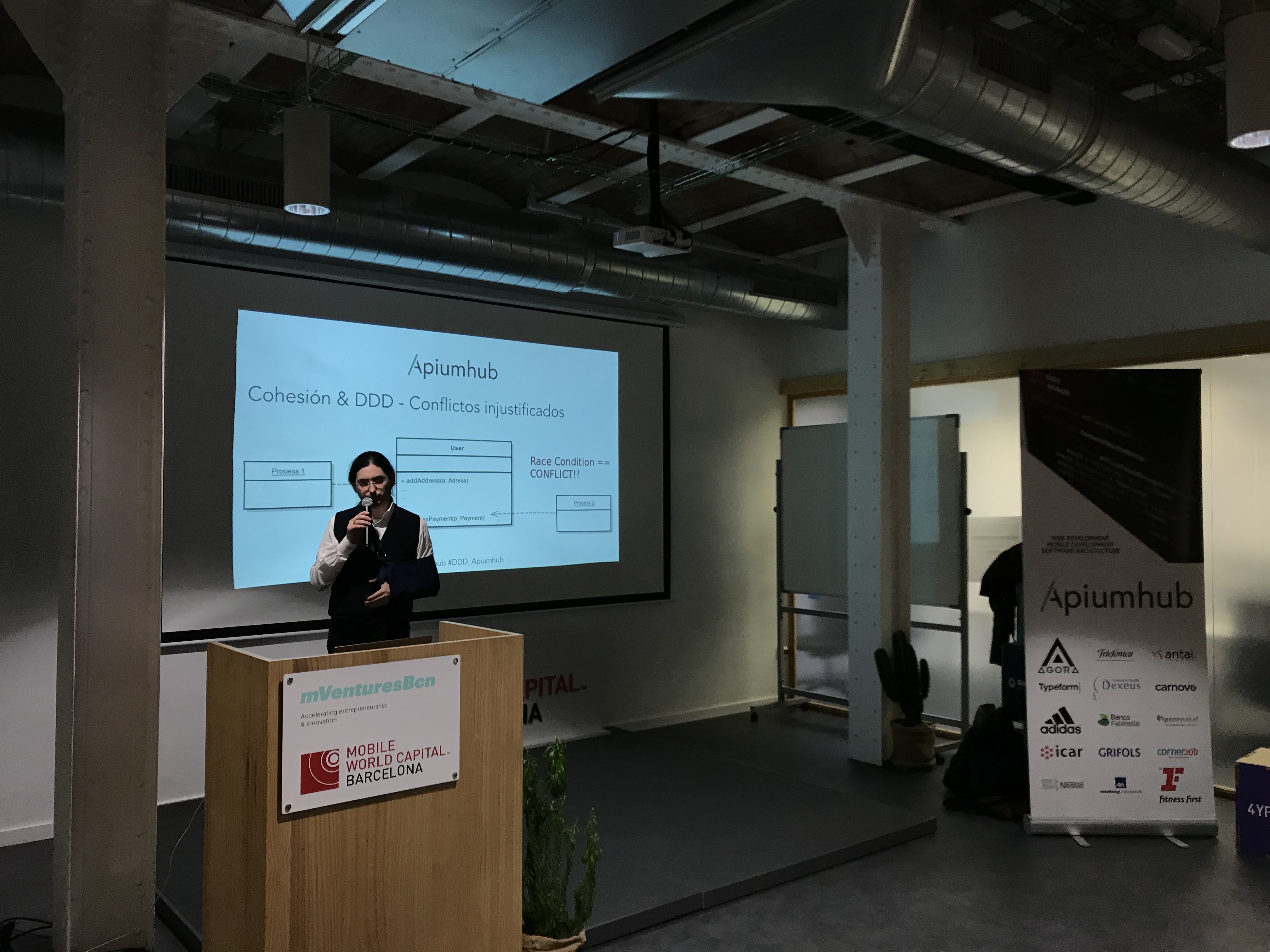
Software architect role description software#
The essential skills organizations consider include a thorough knowledge of system administration, software development, and expertise to solve complex coding issues. The candidate must have a bachelor’s degree in computer science, information technology or related field. Architects provide feedback to the enterprise and incorporate all gathered information into future integration plans.
Software architect role description professional#
This professional must keep track of the success of the project, identifying best practices for future implementation. They evaluate the new system that has been integrated into the client infrastructure. Infrastructure Architects provide technical direction and support throughout this process. It includes logistic plans for conducting physical integration of hardware. They formulate detailed plans to add new systems to the existing core infrastructure. These technicians develop and document proposed changes that need to be implemented or integrated across the working platforms of the IT department. The IT Architect plays an active role in the design and review process of new systems. These requirements are then documented and communicated to enterprise senior management. They introduce alternative technologies to improve or enhance client information systems to support organizational goals. Utilizing their IT knowledge, an architect analyzes the system’s needs. The architect must identify the business requirements and will incorporate new hardware, operating systems or connectivity solutions. They make certain that overall system performance meets client expectations. These should meet the needs of the organization. The IT Architect must analyze existing systems to ensure that these systems provide the necessary security. Apart from these tasks, other responsibilities that come under their job purview include the following: Evaluate System Requirements The architect needs to guide in execution of Incident, Change, Release, Problem, Performance, and Availability Management. The professional will have to identify the potential technology innovations and engage with businesses. They have to take charge of the software and hardware installations, specification, testing and service transition. The professional will address any issues related to ICT security and performance. The primary responsibility of the IT Architect is to design and implement complex computer systems and offer infrastructure services. They monitor both resource usage and failures rates of installed systems and provide feedback.

The professional will collect performance data to monitor systems. They execute test plans and also verify proper operation of completed system implementations. The architect will document all the work using required standards, methods, and tools that include internal tools as well. The architect will take care of complete detail analysis of infrastructure design and security standards.

It is their responsibility to look into the implementation and transition of both operational service and center. The professional will look into the technical requirements of the overall management. The Infrastructure Architect will work with the complex systems infrastructure and will make the necessary modifications.

They must be able to work in coordination with the enterprise and attend to their computing needs and requirements.

These professionals must possess a demonstrable knowledge of system administration and software development. They provide the necessary technical infrastructure for the development of new infrastructure technologies and system requirements. An IT Infrastructure Architects design and implement information systems that support an enterprise infrastructure.


 0 kommentar(er)
0 kommentar(er)
